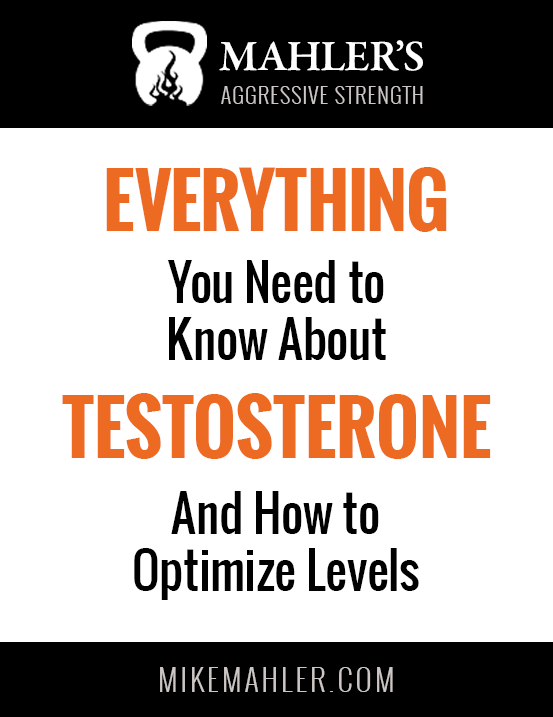By Ori Hofmekler, author of The Anti-estrogenic Diet
We live in a society where regular alcohol consumption is commonplace. Many people enjoy the daily routine of having an alcoholic beverage as a means to unwind. Besides a sense of relaxation or satiation, alcohol has no real positive health effect on the body. In fact, it has just the opposite. Alcohol consumption lowers the liver’s capacity to metabolize estrogen by causing ethanol toxicity, which can lead to a host of metabolic issues, including high triglycerides, insulin resistance and high blood pressure. Therefore, alcohol, in its essence, promotes an estrogenic environment in the body. This poses the question as to whether or not one may drink and still take an anti-estrogenic approach to dieting. Quite frankly, the best action is not to drink alcohol at all. But, if you must, here are some guidelines by which you can minimize the collateral damage that alcohol may cause:
Quite frankly, the best action is not to drink alcohol at all.
- All alcohol is not equal. Some are much worse for the body than others. What and how much you choose to drink can help minimize or maximize any damaging effects. (Refer to the diagram at the end of this section for the best choices.)
- Drink wine (preferably red), as it at least contains some nutrients that are beneficial to the body (resveratrol, tannins, anti-oxidants).
- Combine alcohol only with proteins or fat fuel foods, such as fish, eggs, nuts or seeds, respectively (see food list from Phases I & II). Cheese is also a good combination. For that matter, wine and cheese will always be a superior combination over wine and pasta. Both protein and fat food will help minimize an insulin spike and the negative effects on the liver.
- Never eat simple or processed carbohydrate foods while drinking alcohol (i.e. – crackers, cookies, pasta, grains, starches, etc.) Combining alcohol and carbs can over-spike insulin levels leading to blood sugar fluctuations, elevated blood lipids (high tryglicerides) and stubborn fat gain.
- As a rule, try to incorporate as many anti-estrogenic foods as possible with alcohol. This may help balance its estrogenic effect and minimize its toxicity.
- Also, stay away from drinks that are made by blending alcohol with sugary mixers (i.e. – margaritas, piña coladas, fruit daiquiris, cocktails with fruit juice, etc.) These again will cause a high spike in blood sugar and insulin levels.
- Remember not to drink any alcohol during Phases I & II. It will completely undermine your progress. Moreover, if you are going to drink, do so only during the Third (Reintroduction) Phase, so as to monitor how it affects your body after Liver Detoxification. Treat alcohol like a reintroduced food item. Never reintroduce more than one item in the same day. This applies to alcohol as well.
- If you have any existing estrogen disorders such as stubborn fat, stay away from alcohol until all of your symptoms have dissipated, so as not to prolong the issue or make it worse.
A Note about Alcohol
Having an occasional drink is not a bad thing. In fact, wine has been enjoyed for centuries throughout some of the greatest civilizations by people who lived long and healthy lives. Unfortunately, we now live in a world that is already overwhelmed with estrogenic chemicals that affect us in adverse ways. For those already suffering from estrogen disorders, drinking just exacerbates the issue. Therefore, it is of utmost importance to first address the estrogen issue within our bodies, so that we can effectively handle modest alcohol consumption.

